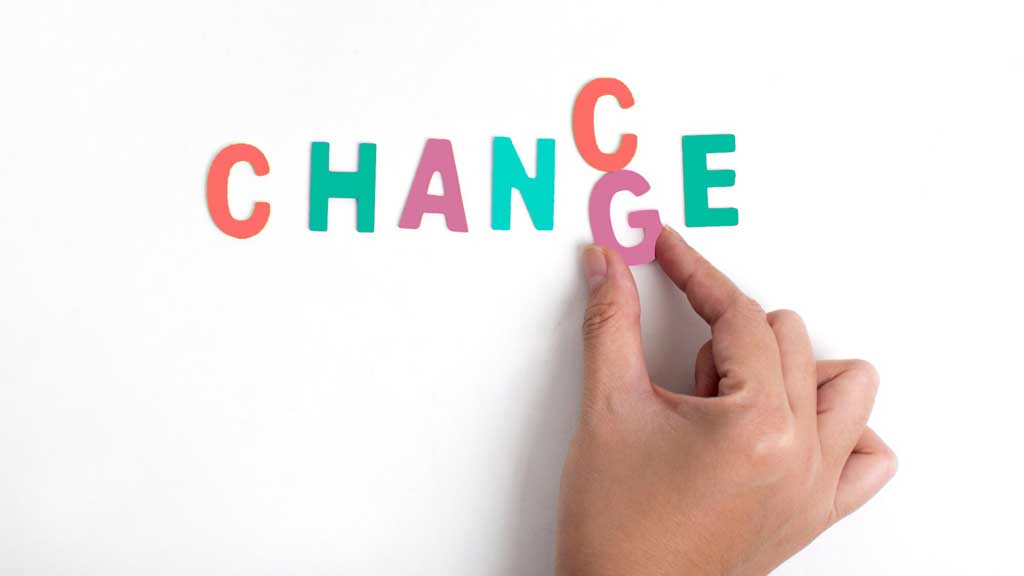Southland School during Covid-19 lockdown: a change to make a change
“Two roads diverged in a wood, and I — I took the one less traveled by, and that has made all the difference.” – Robert Frost from» – The Road Not Taken
Amongst the many types of status quo that hadn’t been truly challenged until Covid-19, education is definitely one of them. Overnight, more than 850 million children and educators around the world were forced to go through the overwhelming experience of adapting to teaching and learning remotely.
Yes, this was a very drastic, uncomfortable and chaotic turn, but my personal experience as School Principal this year made me see an undeniable truth: Despite the many setbacks, schools which could see this moment of crisis as a chance to make positive pedagogical changes have succeeded in making the most of the lockdown to empower their students more than ever.
What road should we take?
So, back in March, the big question schools started asking themselves was: In this baffling context, what strategies are we going to implement in order to build a resilient plan which would ensure students´ growth, development of skills and the construction of new meaningful knowledge? No past reference of global remote teaching and learning, no bibliography to consult, no magic potions or recipes for the new…
It was at this very crucial moment when school leaders and their staff had to quickly make up their mind: Either they embraced traditional teaching methods which would put them in a safe and comfortable place amid the context of turmoil, or they faced the scary monster of uncertainty, and seized the crisis as a chance to change and transform their pedagogical practices into meaningful and innovative ones.
Road A: Old same old
Faced by uncertainty, without knowing how to handle remote teaching, many schools preferred to take the most traveled traditional road: They´d just stick to their year plan and make sure students “acquired” a list of prescribed contents by giving expository classes via video calls, asking for written assignments, correcting, and grading them. Period.
On such stiff grounds, thinking about innovating might seem reckless and imprudent. After all, the “sit, listen and learn” pedagogical approach had been put into practice for many years, so reproducing a traditional line of work in this emergency context would probably make teachers feel safe and students would end up playing by the rules and follow our lead… As usual.
Road B: Change the old
Our institution, however, decided to look at the new situation of crisis from a different perspective: as an opportunity to build a new approach and make positive changes that would put students’ needs and expectations in the spotlight.
Key Stone 1: Ask for Directions
If you´re driving in your car and get lost, what is the most basic thing you do to get to a destination? You ask for directions. In the case of Secondary School, that was our starting point. Right away, we surveyed students in order to obtain information that would be the essential to make our year plan. The initial question was: What´s your best time of the day to do creative work, solve “insight problems” or do research? Evidence shows that one’s cognitive performance fluctuates throughout the course of the day, and students would feel more focused and motivated to work at different times. Given the fact that learning would take place at home, time could be administered by kids themselves, so why not make the most of remote learning and give them freedom to work at their own time and pace?
When we got deeper insight about their interests, needs, and times of optimal focus and productivity, the year plan and pedagogical proposals were gradually made cheek by jowl between teachers and students, considering the way kids preferred to put content into practice. As days went by, video calls time management became more effective, encounters promoted conversation, and this helped teachers find out more about their students´learning processes and experiences in order to become true facilitators and provide guidance and help.

Keystone 2: Give them the Chance to Choose
The main characteristic of the constructivist approach lies on the fact that students construct knowledge. This is only possible when they find the contents meaningful and appealing; otherwise, they´ll only reproduce for the sake of passing a subject. With this premise in mind, giving them the possibility to put content into practice the way they felt more confident with, would enhance the development of new skills and make them discover the true purpose of learning certain topics. Since we have all eight intelligences at varying degrees of proficiency, when we do things they way we´re best at, content acquisition becomes truly meaningful and motivating.

Step 3: Fluency in communication
Given the lack of social interaction, opening a wide variety of communication channels was crucial for students to feel accompanied and supported throughout the year. This increased their confidence and thus made them feel empowered and motivated. They could clear out doubts and solve problems effectively and quickly, avoiding unnecessary delays or misinterpretations.
In October 2020, our school surveyed students from Secondary level again enquiring about their experience studying remotely, with the aim of finding out whether our pedagogical proposals met their needs or not and thus make future improvements in our approach. The results exceeded our expectations, and although there’s a lot of work ahead, we can see that when kids lead the way, you´ll always enjoy the ride and arrive at the best destination.

It’s the end of the school year and today, November 30th, we had our last video call. The last 9 months have been surely tough, filled with many highs and lows, uncertainty and some of us even experienced grief for losing loved ones…
Despite the stress and mental fatigue, almost all students attended this last call to say goodbye to classmates and teachers, and they were full of positive energy, eager to manifest their pride for having accomplished more than they would have ever imagined.

This is no storytelling. This has been my personal experience as School Principal during the times of Covid-19 lockdown, and I’m thrilled to state that no matter the circumstances, when a school has a solid teamwork and an open mind, it can transform crisis into a chance to start a new game and make a true difference in our educational system.

